Just for fun. On those special occasions when you want to make a big impression. By the way, this is a very big bike!
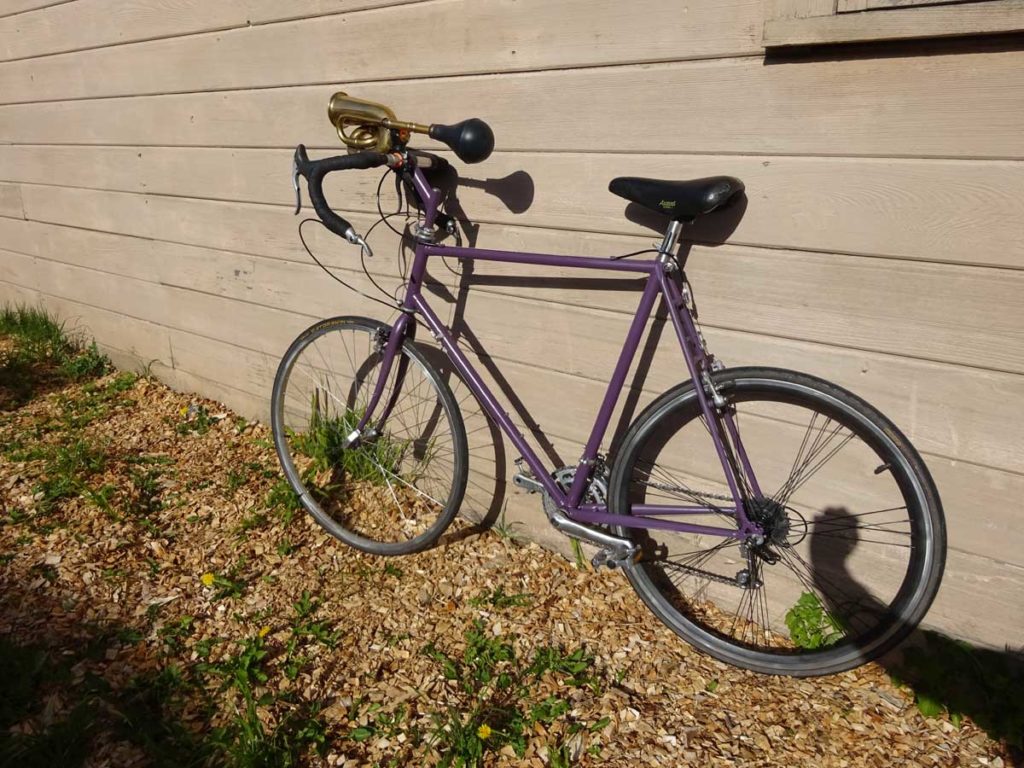

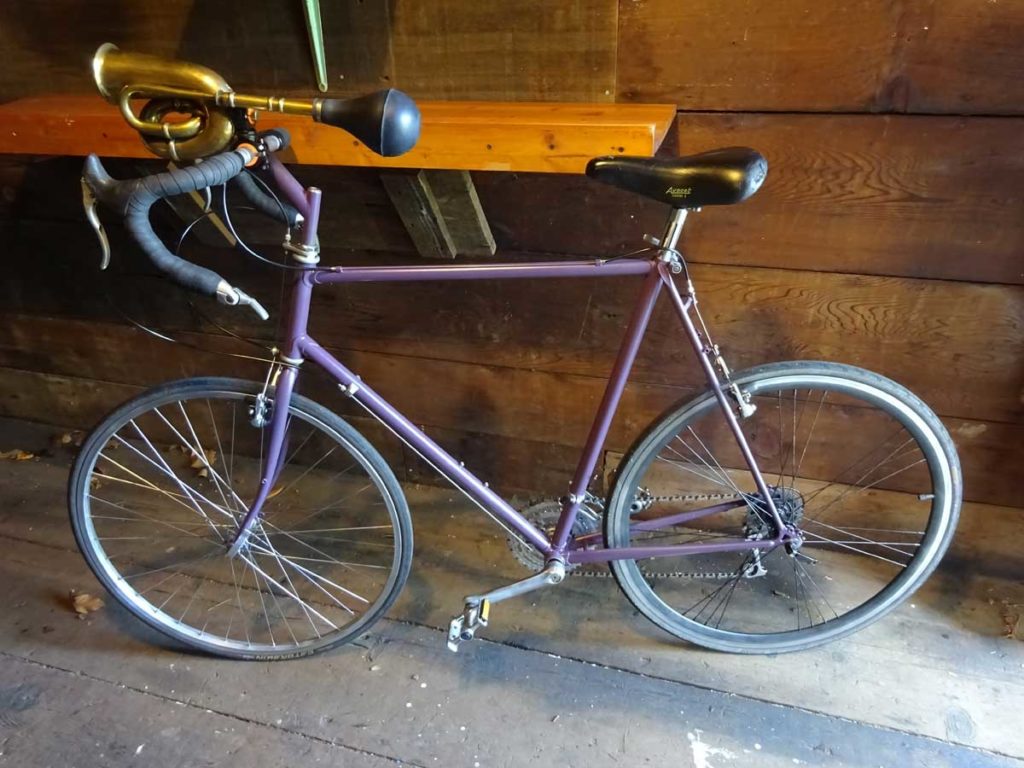
Just for fun. On those special occasions when you want to make a big impression. By the way, this is a very big bike!



Well known for its use in Gershwin’s ‘An American in Paris’, I realized today I had no idea what in fact a ‘taxi horn’ was! If you Google it you’ll just get references to Gershwin, especially since the discovery that ‘we were doing it wrong’. (See my post here.) Consider that the horns Gershwin used were NOT what you’d typically find installed on an automobile by the manufacturer. (See vintage auto ‘bulb horns’, including many from French manufacturers here.) So what were they?
I turned to Google Books, sorted by date, and looked for references to ‘taxi horns’ from the early 1900s. Gershwin wrote ‘An American in Paris’ in 1928, and the thinking behind using taxi horns in the composition was to evoke the ambience of Paris.
Here’s what I think… In the 1920s, taxi drivers, especially in France, would sound a ‘taxi horn’ when arriving to pick up their fare.
The ‘rattle of wheels’ sounds to me like it could be a carriage.
The Man Thou Gavest
By Harriet Theresa Comstock · 1917
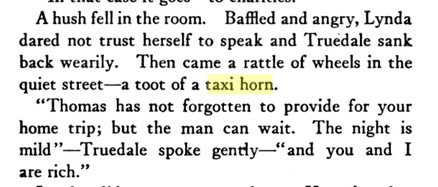
Theatre Magazine Volume 36
Published: 1922
Publisher: Theatre Magazine Company
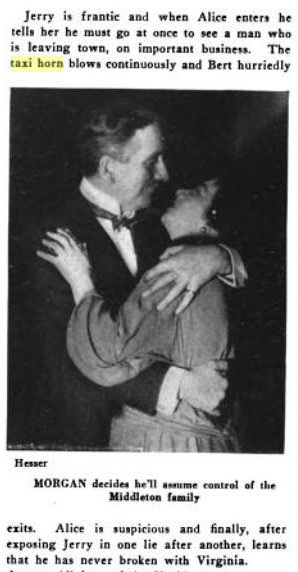
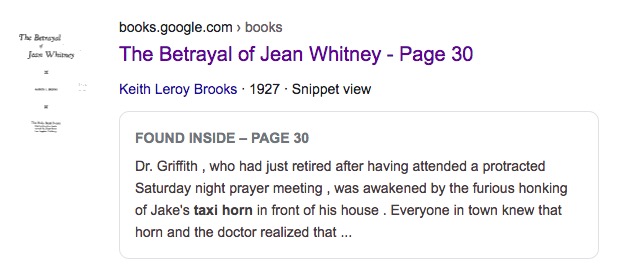
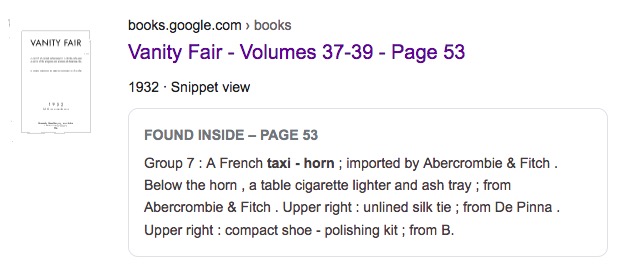
About now (1940) the term is becoming ambiguous. This could certainly be a taxi’s horn, rather than a ‘taxi horn’. 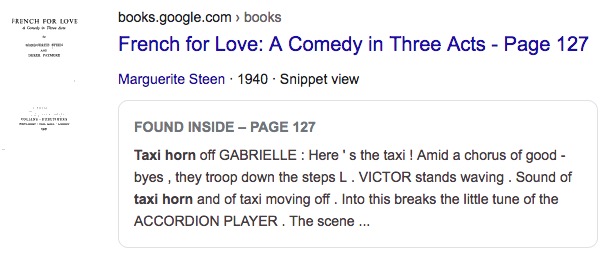
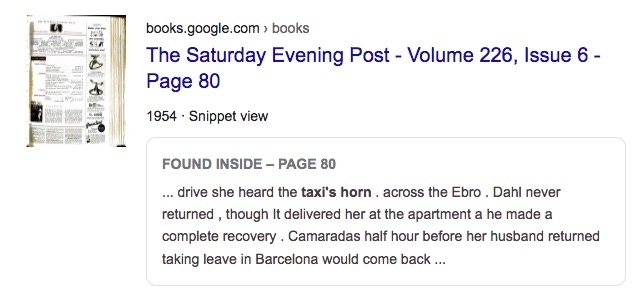
But maybe you know better, or have something to add. Feel free to leave us a comment. Thanks!
I set some friends up with squeeze horns for their trip to Burning Man 2011. Some photos coming back now. Will add more as they come available.
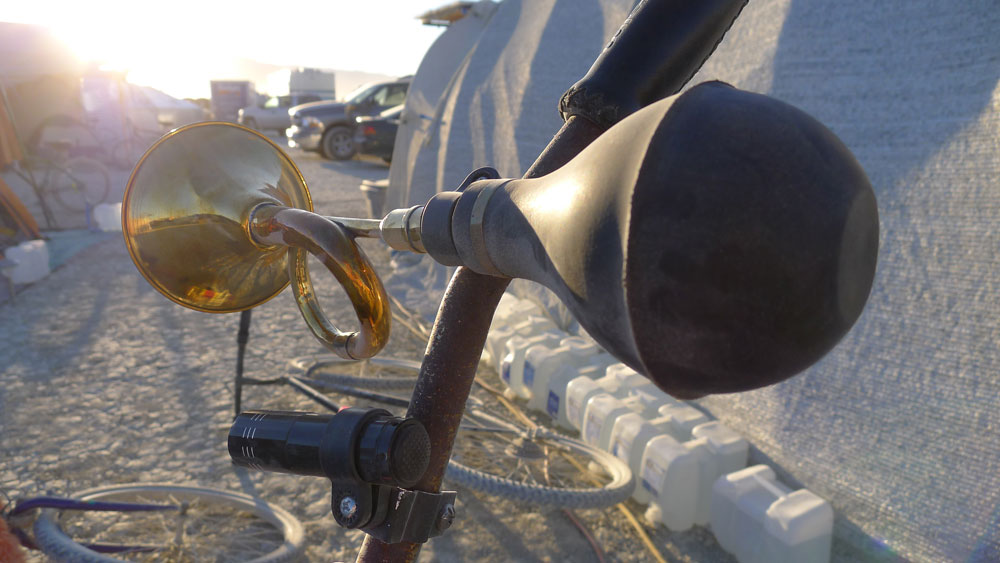
Shortly after arrival.
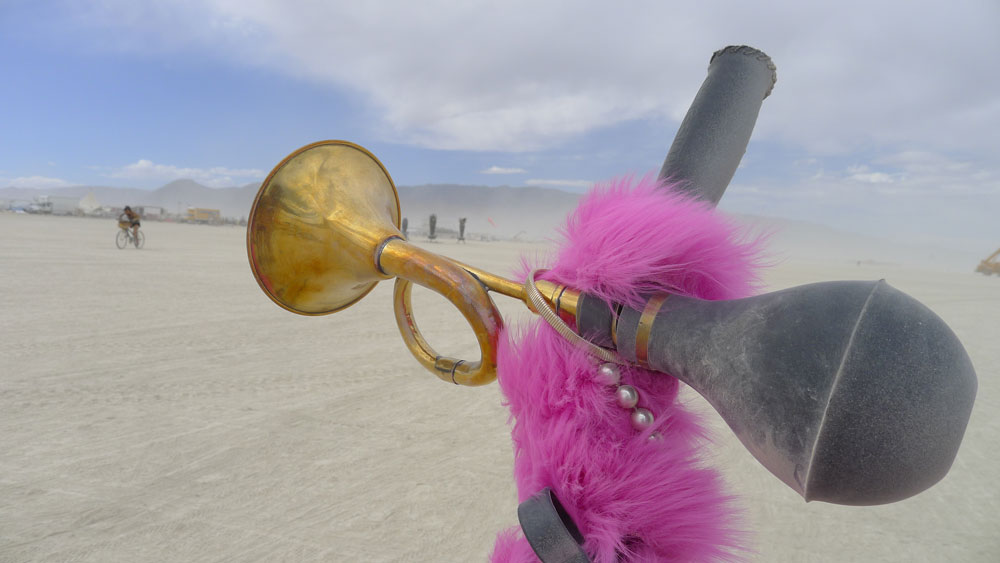
Getting into the swing of things now.
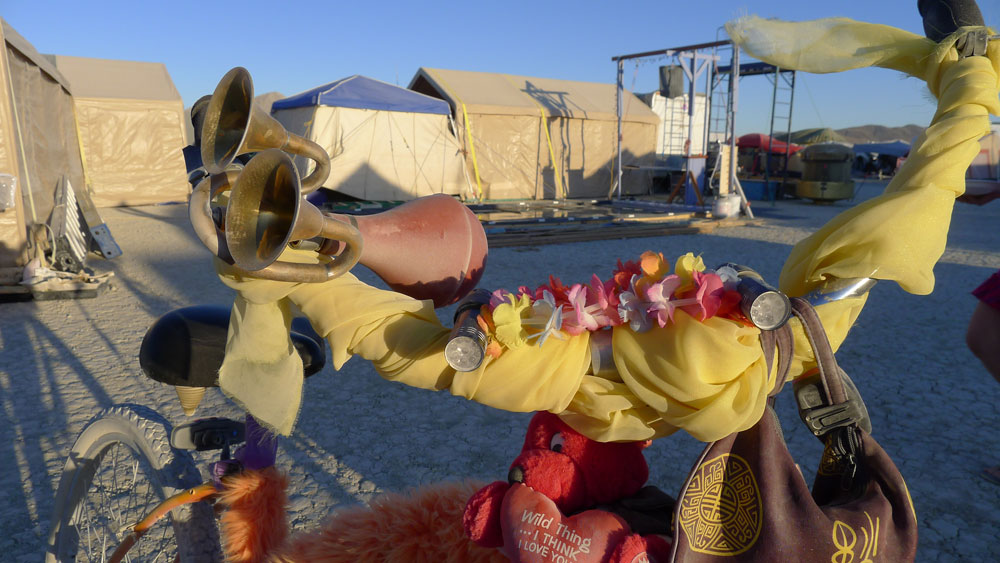
Earliest car horns were all bulb horns.
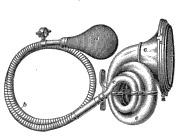
From the same book came this picture of a reed. It’s very similar to those in the squeeze horns I sell, but with a screw to adjust tension of the reed.
I just did some experimenting with a reed I have and discovered that by pulling the top ‘tongue’ of the reed away from the main portion, ie. increasing the gap, I could lower the tone. This was done by bending the reed, which is a bit dangerous considering it’s impossible to bend it back. At some point I’ll do some serious experiments with adjusting the pitch and volume, and I think adding an adjusting screw could work!

Happy to report that a new shipment of horns has landed in the US and is making it’s way to my door as we speak.
Very shortly I’ll have new pics and sounds up on the site.
In the meantime, I thought you might enjoy these reminiscences from the past.
From a 1945 Popular Mechanics! Frequently used as a musical instrument! Look at those horns!
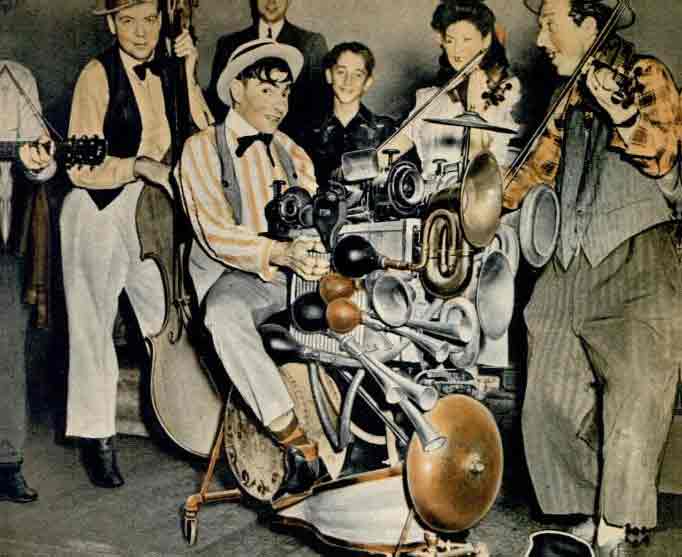
The benefits of a small, squeeky horn like this is that they feel ‘friendly’. Actually, I have 3 squeeze horns on my bike. A big 14″ honker for when I really need to get some attention. The small squeeze horn when I’m just intending to alert somebody, especially a pedestrian. And a mini squeeky horn just for fun with kids and dogs mostly. But I’m on the bike path a lot and the weekends are crazy with tourists who don’t know how it all works.
Well then. I took some time this evening to create a collection of Squeeze Horn sounds and (iphone, I would imagine they’ll work anywhere) ringtones. If you’re a sound person, you might like to download the larger 16 bit 44.k wav file (8.3 MB all sounds in a single file). But for fun here are the mp3 clips and ringtones.
Duckish squeeze horn:
Fat honking squeeze horn
Goosey honk squeeze hor
Loud bright squeeze horn
Medium honk squeeze horn
Sharp little squeeze horn
Soft dark squeeze horn
Enjoy!
Cool! By Gabe Riether, NuMoon Films